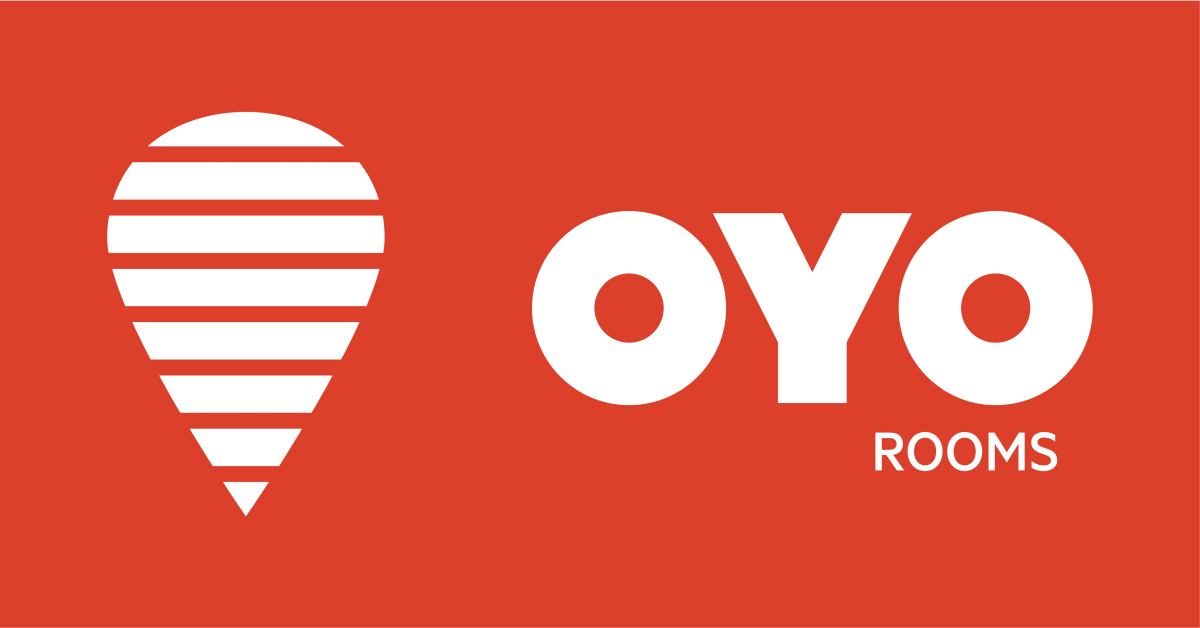When you think about the startups of India, you’re probably imagining a bustling hub of innovation and ambition. In 2023, several startups not only made headlines but also raked in significant revenue.

Let’s look at the top 10 revenue generating startups in India for 2023-
| Startup’s Name | Revenue Earned FY23 |
| Swiggy | Rs.8,264.6 crore |
| Paytm | Rs.7,990 crore |
| Delhivery | Rs.7,225 crore |
| Zomato | Rs.7,079 crore |
| Dream11 | Rs.6,385 crore |
| Byju’s | Rs.6,500 crore |
| Meesho | Rs.5,737 crore |
| Udaan | Rs.5,629 crore |
| Oyo | Rs.5,464 crore |
| Lenskart | Rs.3,788 crore |
Here are the details-
1. Swiggy

You know, Swiggy has been a game-changer in the food delivery scene. For FY23, Swiggy’s revenue from operations soared by 44.9%, reaching Rs.8,264.6 crore, up from Rs.5,705 crore in FY22. However, the company also saw losses exceed Rs.4,000 crore. Swiggy generates revenue through various streams, including order facilitation fees, delivery income, advertisement revenue, and subscription fees.
Over 50% of its revenue came from platform services, followed by grocery sales, which contributed around 40%. Interestingly, Swiggy also made Rs.372.5 crore from supply chain services and Rs.450 crore from interest and financial assets, bringing its total revenue to Rs.8,714.5 crore.
For more details on Swiggy’s working strategy, you can go through Swiggy Business Model.
2. Paytm

Guess what? Paytm’s revenue from operations surged by 60.6% to Rs.7,990 crore in FY23, compared to Rs.4,974 crore in FY22. Including non-operating income, Paytm’s total revenue hit Rs.8,400 crore.
Despite a 30% increase in expenses, the company managed to cut its annual losses by 26% to Rs.1,776 crore. Paytm also turned its operating cash flows positive, reaching Rs.415.6 crore from negative Rs.1,236 crore in FY22. The payments business is thriving, and the loans segment is doing well, hinting at potential profitability in the near future.
Note: Recently, Paytm went through a major crisis. To know more, visit the article- What exactly went wrong with Paytm?
3. Delhivery

Delhivery saw modest growth in FY23, with revenue from operations increasing by just 5% to Rs.7,225 crore from Rs.6,882 crore in FY22. Delhivery’s non-operating income soared by 95.5% to Rs.305 crore, bringing the total revenue to Rs.7,530 crore.
The company offers a range of logistics services, including express parcel transportation and supply chain management, covering over 18,500 pin codes. Despite a slight uptick in revenue, Delhivery managed to reduce its losses by 18.9% in Q4 of FY23. With over 2 billion shipments since inception, Delhivery continues to be a key player in the logistics sector.
4. Zomato

Do you know, that Zomato’s gross revenue skyrocketed by 68.9% to Rs.7,079 crore in FY23, up from Rs.4,192 crore in FY22? The company made about 64% of its revenue from food delivery and other platform services. Revenue from its B2B unit HyperPure and quick commerce business (Blinkit) also showed significant growth.
Additionally, Zomato’s non-operating income increased by 37.7% to Rs.681.5 crore, bringing the total revenue to Rs.7,761 crore. The company’s food delivery segment posted a positive adjusted EBITDA of Rs.78 crore by the end of Q4 FY23.
5. Dream11

If you’re a sports fan, Dream11 needs no introduction. This fantasy gaming platform saw its revenue skyrocket by 66.21% to nearly Rs 6,400 crore in FY23. Dream11 generates revenue through platform fees for contest participation. Their aggressive marketing strategies, including sponsoring the Indian Premier League, paid off, even though it led to high advertising expenses. The company’s profit grew by 32.4%, showcasing a solid financial performance.
These expenses accounted for a significant portion of the company’s expenditure, but Dream11 still managed to increase its profit by 32.4%, reaching Rs.188 crore in FY23.
6. Byju’s

Byju’s is expected to report a total revenue of around Rs.6,500 crore for FY23, a 23% increase from the previous year. The company saw Rs.3,500 crore in revenue in the first half of FY24. Despite the growth, Byju’s faces challenges with revenue collection due to discontinued partnerships with non-bank financial company (NBFC) lenders.
The company has yet to file its audited financial statements, but its net loss for FY22 was significant, standing at Rs.8,245.2 crore.
7. Meesho

Meesho’s operating scale grew by 77% in FY23, reaching Rs.5,735 crore, up from Rs.3,240 crore in FY22. The company provides marketplace services, connecting suppliers and buyers on its social commerce platform. Meesho managed to cut its losses by 48% to Rs.1,675 crore in FY23.
For H1 FY24, Meesho reported revenue of Rs.3,521 crore and reduced its losses by 90% to Rs.141 crore. The company claims to be profitable with positive cash flow in India since July 2023.
With over 500 million app downloads and positive cash flow since July 2023, Meesho focuses on profitability. Their innovative projects like Meesho Mall and Project Suraksha contributed to their growth, making them a strong contender in the e-commerce space.
8. Udaan

Udaan, a B2B e-commerce platform, took a different approach by focusing on better economics rather than aggressive growth. Their gross revenue decreased by 43.1% to Rs.5,629 crore in FY23.
Udaan saw its gross revenue drop from Rs.9,900 crore in FY22. The sale of traded goods accounted for 96% of its total gross merchandise value.
However, the company managed to cut down losses by 33.7% to Rs 2,076 crore. With a focus on sustainability, Udaan aims to improve its unit economics and become more efficient in its operations.
9. Oyo

Oyo’s revenue from operations grew by 14.3% to Rs.5,464 crore in FY23 from Rs.4,871 crore in FY22. The company generates revenue from accommodation services and commissions from bookings. While domestic income formed only 25% of its revenue, 75% came from international operations.
Despite an increase in lease rental costs, Oyo managed to narrow its losses significantly in FY23. Their focus on optimizing costs and improving efficiency paid off, making them one of the top revenue-generating startups in India.
10. Lenskart

Lenskart, the eyewear retailer, had an impressive year with revenue from operations surging to Rs.3,788 crore in FY23 from Rs.1,502 crore in FY22. This growth was fueled by the expansion of their stores and strong international performance. The company managed to reduce its losses by 37.3% to Rs.64 crore.
Lenskart raised nearly $20 million from its co-founders and attracted over $1 billion in investments over the last 18 months. With over 2,500 stores, Lenskart generates 60% of its revenue from India and the rest from international markets.
There you go! These startups of India are not only shaping our market but also making a mark globally. Each one has its unique challenges and success, but they all share a common trait i.e. resilience. Keep an eye on these companies as they continue to evolve and redefine success in the startup ecosystem.
Thanks for reading 🙂

